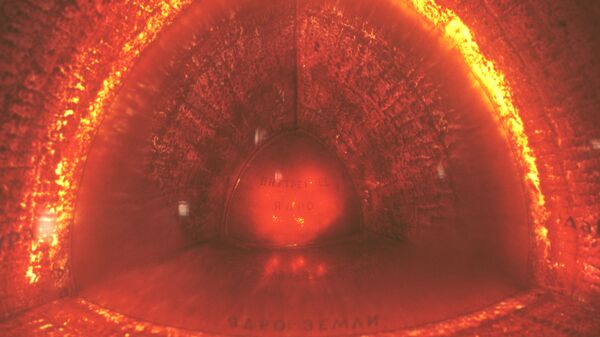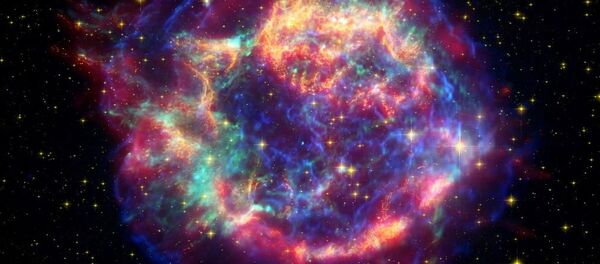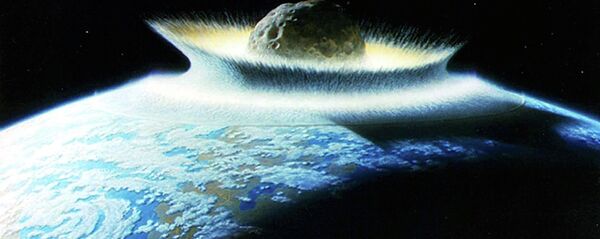Earth's inner core is widely believed to be composed of 85 percent iron and 10 percent nickel, but the material comprising the remaining 5 percent remains in dispute. Silicon is a leading candidate, alongside sulphur and oxygen.
The Tohoku team, led by geophysicist Eiji Ohtani, presented their findings at a meeting of the American Geophysical Union. They created simulated samples of the Earth's inner core by superheating iron-nickel alloys mixed with silicon. The results matched seismic data gathered from Earth's inner core.
"We measured the sound velocity of iron alloy compounds at high pressure and temperature relevant to the Earth's core," they stated.
Ohtani cautioned that his team's findings are not verified, but do strongly suggest silicon to be the elusive third element. They are preparing a research paper on the subject to be subjected to peer review.
The significance of this finding, according to Ohtani, is what it tells us about Earth while it was forming. "These difficult experiments are really exciting because they can provide a window into what Earth's interior was like soon after it first formed, 4.5 billion years ago, when the core first started to separate from the rocky parts of Earth," said Professor Simon Redfern with the University of Cambridge's Earth Sciences department to the BBC.
If silicon is indeed the third element then it means that the Earth's surface was oxygen-rich at the time of the planet's creation, with the opposite being true if oxygen was the third element.
Although it seems counterintuitive, high levels of oxygen in the inner core indicate that Earth's oxygen originated from the center of the planet, whereas a lack of oxygen in the core means that Earth's oxygen was created on the surface by another source; likely oxygen-producing cyanobacteria.
"In a way, these two options are real alternatives that depend a lot on the conditions prevailing when Earth's core first began to form," said Redfern. "The most recent results add to our understanding, but I suspect that they are by no means the last word on the story."
Ohtani doubts that there is both silicon and oxygen in the inner core, as the two elements do not play well with one another. He also said his research "doesn't necessarily mean the rest of the planet was oxygen rich because there is a possibility that oxygen did not exist as an element of the Earth at its formation in the first place."
The Earth's inner core lies over 3,000 miles underground. With a radius of some 760 miles, and a temperature of over 5,400 °C, it is the very center of our planet. Comparatively, the deepest hole ever dug by humankind is the Kola Superdeep Borehole at a depth of less than 8 miles.




